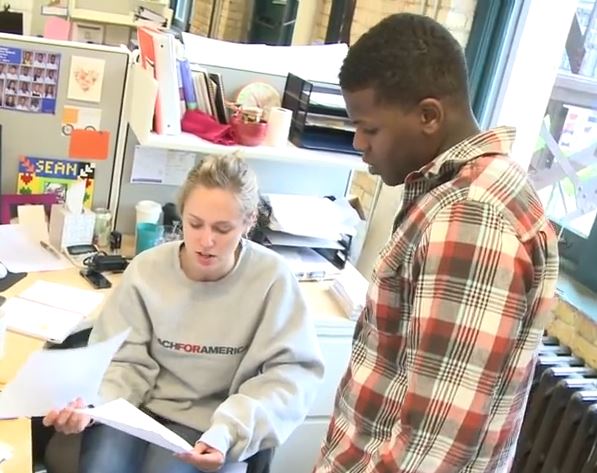BTN.com LiveBIG Staff, July 21, 2014
Today, there is more diversity in public school classrooms than ever before. This creates a rich, worldly experience for America?s youth, but it also poses a challenge to teachers who must meet the needs of students from a variety of backgrounds.
Educators in Minnesota are, in turn, looking for ways to prepare teachers who themselves come from various disciplines and vocations who will bring their dynamic experiences and dedication to learning to the classroom.
Just last month, the University of Minnesota?s College of Education and Human Development (CEHD) was granted conditional approval by the Minnesota State Board of Teaching to launch an alternative teacher preparation program. This will prepare teachers who need to continue working as they complete their degree and licensure.
?We have realized that we need different pathways for different teachers,? says Deborah Dillon, CEHD associate dean for graduate, professional and international programs. ?Some go through a more traditional route to become a teacher, while others go into another vocation and then decide to be a teacher.?
These alternative-pathway students may already work in public schools as classroom assistants, for example, and want to become full-time teachers. Others have a college degree in science, math, history or English, and they have determined after earning their degree that they?d like to become a teacher.
?Many are in the community and have deep commitment to the Minneapolis Public Schools,? Dillon says. ?They really want to be there and the contribute to the education system.?
This is not a standalone program at university, but rather a partnership with other educational groups. CEHD?s first partnership is with Teach for America, a national teacher corps that places college graduates and professionals in public schools for a two-year commitment.
Thirty-eight members of Teach for America are now enrolled in the Alternative Pathway to Teaching Program. Students accepted into the Teach for America program are also required to meet the university?s admission requirements. The initial cohort is currently enrolled in an eight-week summer residency in Minneapolis where they co-teach with experienced teachers, gaining valuable experience serving as lead teacher for approximately two hours per day.
After the regular school year starts, the group will continue on to complete two years of coursework and professional development in the evenings and weekends while they work. The curriculum will prepare them in four main areas: secondary science, secondary mathematics, K-12 English-language learners and elementary teaching.
The University of Minnesota?s relationship with Teach for America and Minneapolis Public Schools is just the beginning, Dillon says, and the program is open to future partnerships.
?We?re excited to develop the Alternative Pathway to Teaching Program because there needs to be more research done on alternate opportunities for people who want to be teachers,? Dillon says. ?This will give us the opportunity to draw out what that preparation look like.?
By Erica Christoffer







